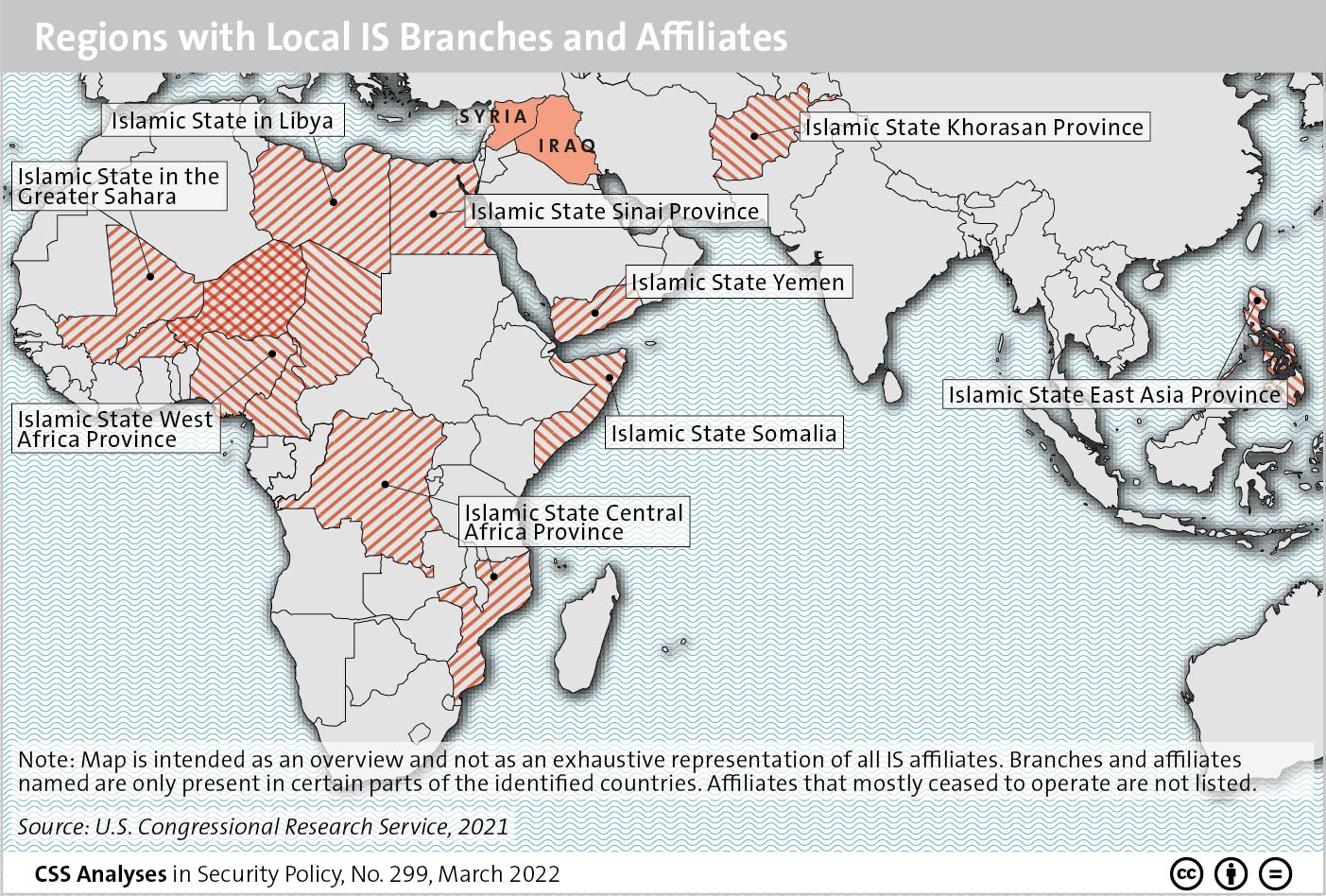
This week’s featured graphic shows the core IS’ state as of March 2022 as well as its affiliates in Africa, the Middle East and Asia. For a deeper assessment of the danger the IS still poses, read Fabien Merz’ CSS Analysis in Security Policy here.

This week’s featured graphic shows the core IS’ state as of March 2022 as well as its affiliates in Africa, the Middle East and Asia. For a deeper assessment of the danger the IS still poses, read Fabien Merz’ CSS Analysis in Security Policy here.
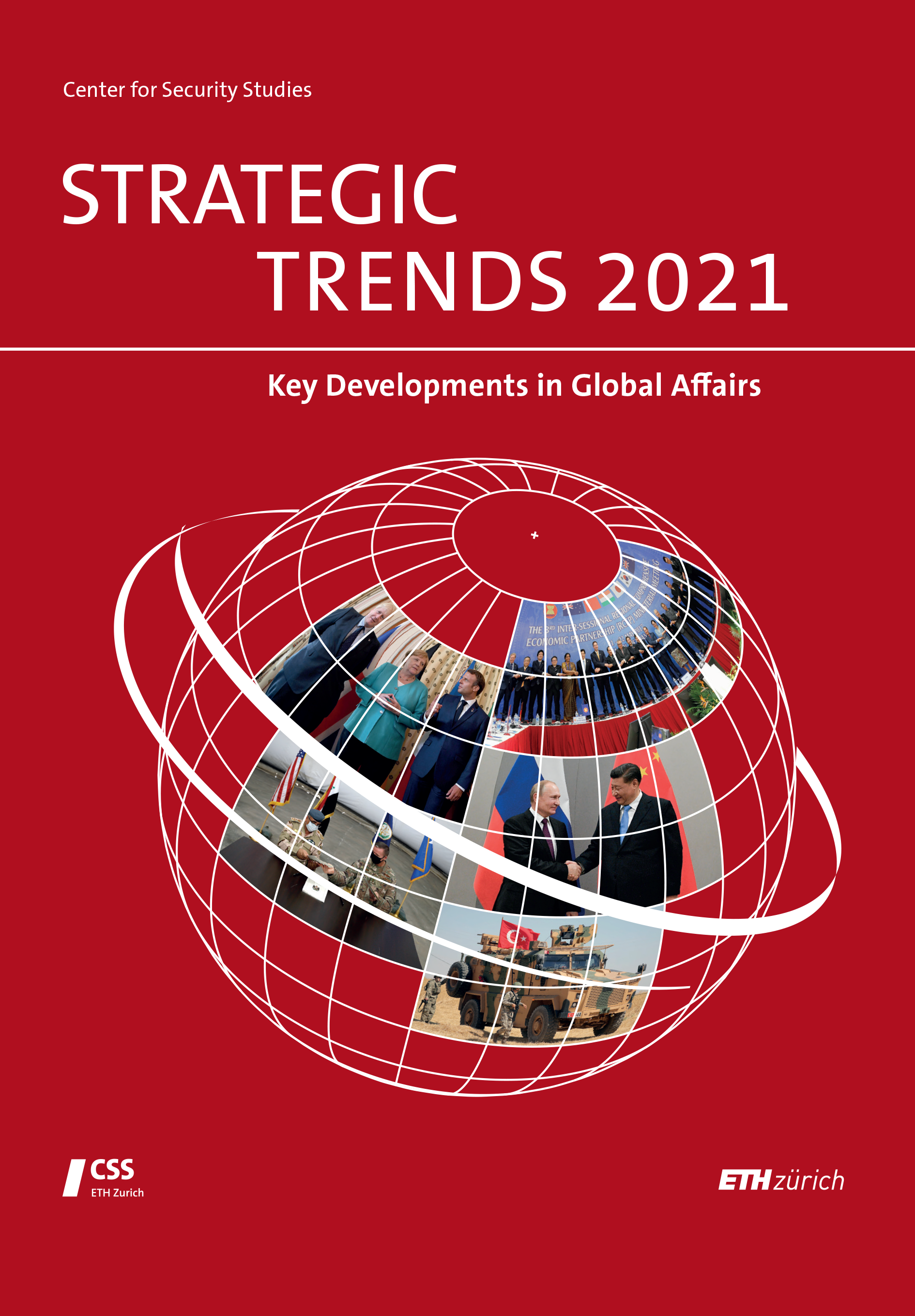
Strategic Trends 2021 offers a concise analysis of major developments in world affairs, with a focus on international security. It features chapters on China-Russia relations and transatlantic security, Franco-German-British security cooperation after Brexit, Turkey’s power projection in the Middle East and beyond, Europe and major-power shifts in the Middle East, and Japanese and South Korean perspectives on changing power configurations in Asia.
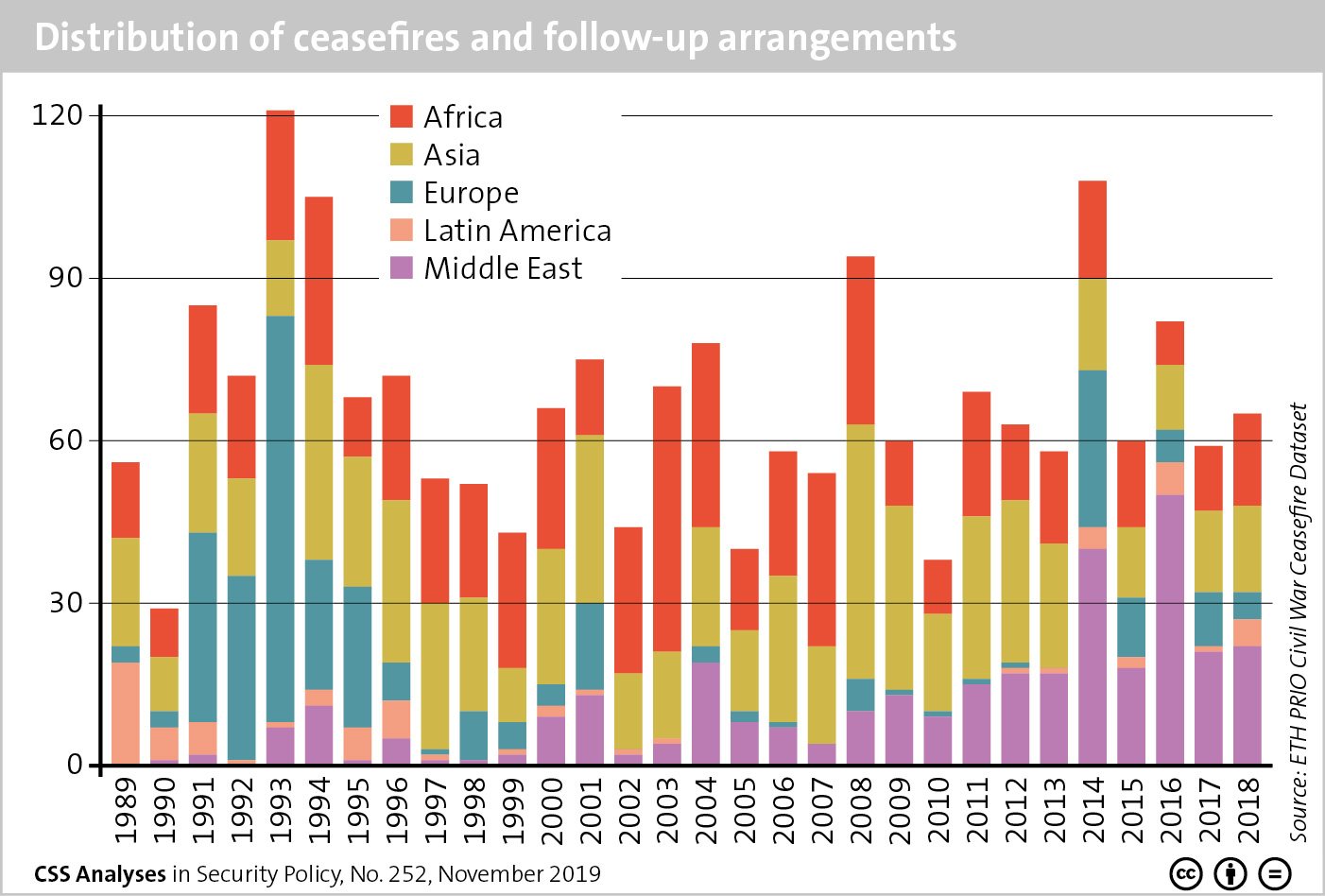
This week’s featured graphic shows the distribution of ceasefires and follow-up arrangements across Africa, Asia, Europe, Latin America and the Middle East between 1989 and 2018. For more on the role of ceasefires in intra-state peace processes, read Govinda Clayton, Simon J. A. Mason, Valerie Sticher and Claudia Wiehler’s CSS Analyses in Security Policy here.
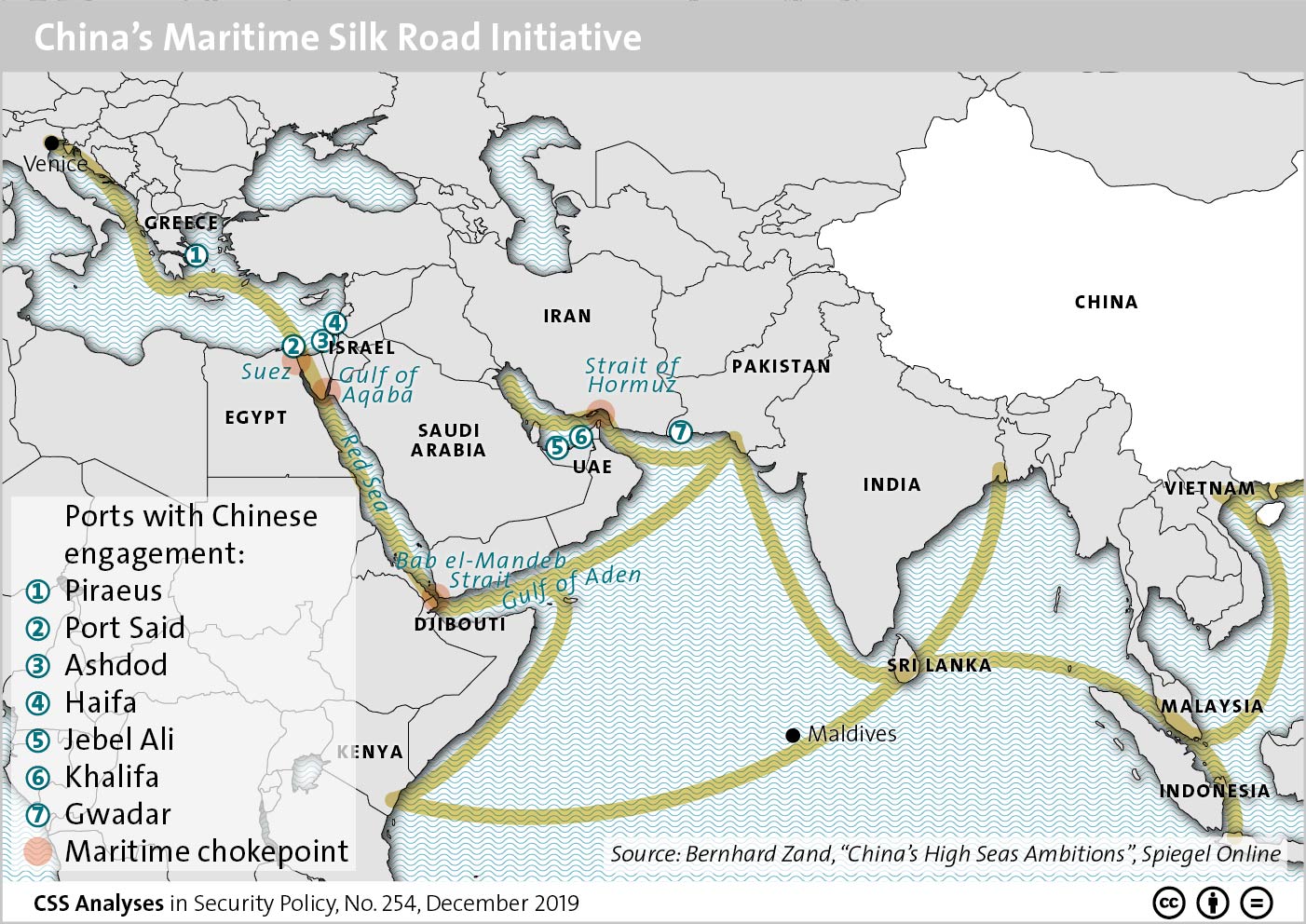
China’s Belt and Road Initiative (BRI) has both a land-based and a maritime component. This graphic provides an overview of the maritime element, the Maritime Silk Road Initiative (MSRI) which connects China to Europe and Africa via the Middle East. For an insight into the BRI in the Middle East, including its implications for China’s impact on the region, read Lisa Watanabe’s CSS Analyses in Security Policy here.
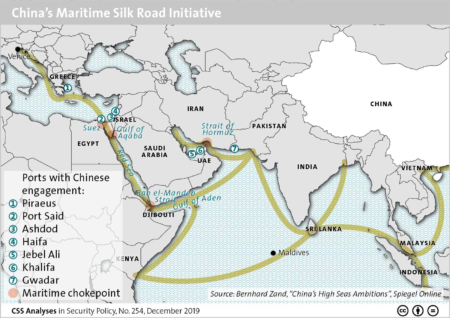
China’s Belt and Road Initiative (BRI) has both a land-based and a maritime component. This graphic provides an overview of the maritime element, the Maritime Silk Road Initiative (MSRI) which connects connects China to Europe and Africa via the Middle East. For an insight into the BRI in the Middle East, including its implications for China’s impact on the region, read Lisa Watanabe’s recent CSS Analyses in Security Policy here.